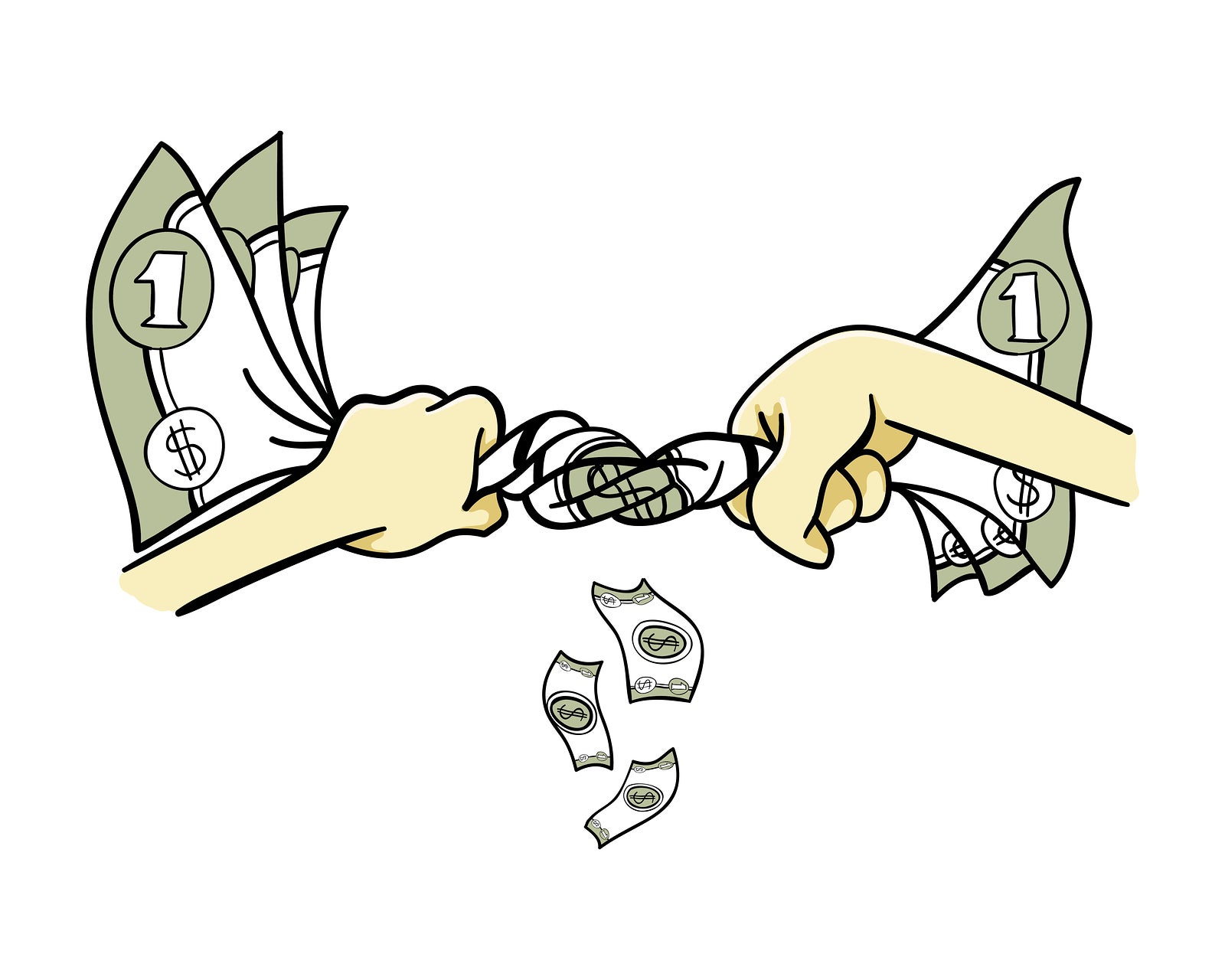
It’s unfortunate but true: unexpected financial emergencies happen all the time to small businesses.
Another unfortunate truth: most small businesses are not prepared to weather a prolonged financial emergency. JP Morgan Chase estimates that the average small business has 27 days of cash in reserve, while many small brick-and-mortar stores may have less than 20 days’. Whether your office rent skyrockets, equipment breaks down, or an unpredictable event like the coronavirus outbreak hits the world economy, a sudden change in your business’s financial outlook is scary.
From reducing the immediate impact on your business to planning for the next emergency, this guide will help you stay afloat through any cash crisis.
Identify the Problem
First, identify the primary problem causing the difficulties. If it’s something out of your control, like the coronavirus outbreak, then this step may not be quite as crucial.
Otherwise, sudden financial problems may be an indicator of larger internal issues. Identifying the root of the problem is essential to coming up with a permanent solution.
Take a look at your profit and loss statements, balance sheets, and other financial documents. Look back over the entire previous year if you have to. It’s important to be meticulous in your review so you don’t miss anything.
Maybe you’re automatically paying a dozen periodic costs and once per quarter they all fall on the same day. Maybe you’ve had too many employees working during your least profitable operating hours.
Somewhere in your books, you’ll find if this sudden cash crunch is an outlier, indicative of a problem with your business model, or if you’ve expanded too quickly. Once you know the why, you can implement a fix.
Cut Unnecessary Costs
Regardless of the cause of your sudden cash crunch, it’s in your best interest to immediately cut unnecessary costs. Some of these costs you may pick back up later, but in the short-term, it’s important to improve your cash flow so you can pay financial obligations such as loan payments, rent, paychecks, etc.
Nobody wants to go through a round of layoffs. To avoid that outcome, put an immediate halt to spending on travel, perks, marketing tests, and other nonessential expenditures. Retail businesses or restaurants that depend on foot traffic may consider shortening their hours temporarily.
Fixed costs like equipment leases, software subscriptions, and rent may be difficult to avoid without terminating them entirely. Do you need as much office or retail space as you currently have? How much does your team really use that premium email marketing subscription? Monthly costs add up so when you’re in a financial crisis, some of these recurring costs will have to go for the time being.
If you can turn certain fixed costs into assets, that’s even better. Consider leasing out property or equipment you own outright but may not need immediately. For instance, if you own your shipping warehouse, leasing out a portion of the warehouse could help you get a recurring influx of cash.
Explore Loan Options
Fortunately for small businesses, there are a number of options for getting capital, provided you have good credit.
SBA Loans
Loans from the Small Business Administration (SBA) have long been a resource for America’s small businesses. Now, their funding programs are one of the few financial lifelines out there for businesses impacted by the coronavirus.
You have a few options at this point. Thanks to legislation passed by the federal government, small businesses can apply for a Paycheck Protection Program loan (a new program that seeks to help businesses cover payroll and other financial obligations) or an Economic Injury Disaster Loan (an existing program that has received additional funding to help eligible businesses recoup money lost due to disasters like this one).
Applying for either program is free, and can result in you receiving forgivable cash advances and forgivable low-interest loans that are 100% federally guaranteed. Read up on the SBA’s disaster loan assistance programs to learn more.
Credit Cards
The fastest way to secure emergency capital for your business is a business credit card. There are many issuers who can provide you with a line of credit provided you meet their minimum requirements.
If you already have a business credit card, you may want to move some expenses to it so you can delay payment until the bill comes due. Additionally, many business credit cards have significant rewards programs. Cashback, statement credits, and other rewards might be a suitable source of alternative short-term funding.
If you do not have a business credit card, do some research to find one that works for your business and your current credit.
Ideally, you should find a credit card with an introductory period that has a 0% APR. This means you will not pay interest on purchases and (on some cards) balance transfers during the initial offer period. If you’re using the card to pay off debts, that’s a great short-term benefit. Remember, though, that a variable APR will set in after the offer period expires. That rate will depend on the market prime rate and your creditworthiness.
Don’t forget to look at different cards’ rewards and cashback programs too.
Credit cards can be a powerful short-term option but be careful: High interest rates could spiral your current financial crisis into something more significant.
Work With Your Lenders
If you already have a loan or loans out with a lender, remember that it is in both of your best interests that you do not default on your loan.
Rather than make your loan collector the boogeyman, get in touch with them to explain your circumstances and discuss options. Be cooperative but also transparent about what kind of deferments would or would not help you in this situation. Being proactive about your cash crunch shows lenders that you do want to pay the loan back, it’s just difficult at the moment. They’ll be much more willing to work with you if you come to them rather than the other way around.
Every lender, be it a bank or credit card company would rather collect some money than nothing at all. If it means giving you a lower interest rate, lowering your monthly payments, or extending your terms, that’s preferable to a default. If you know you’re at risk of falling behind payments, get in touch and start working on a solution.
Track Your Progress and Plan for the Next One
Once you’re on track to solving your financial crisis, set some reasonable financial goals. If you accrued $3,000 worth of debt, lay out a timeline of where you’d like to be on paying that debt off. Track your progress towards getting out of debt and adjust accordingly if you look at risk of falling behind.
Then, start planning for the next financial crisis. Sometimes, you can’t avoid a crisis, but you can be prepared. When you make your budget, include a rainy day fund and stick to it. If you notice you’re not putting enough away into your rainy day fund, increase your deposits. Build flexibility into your overhead where possible so you can scale up or down as needed.
In the end, the best way to avert a financial crisis is to plan for a financial crisis.
The Bottom Line
Sadly, small businesses fall into financial crises regularly. Whether by poor management or uncontrollable external circumstances, your small business may find itself in a sudden cash crunch from time to time. Now, you should have a good idea of how to navigate through that cash crunch. Plus, you’ll be prepared to weather the next one as well.
4455 Views












